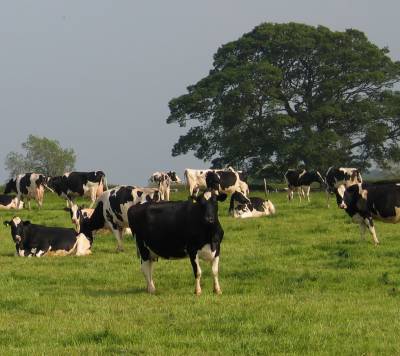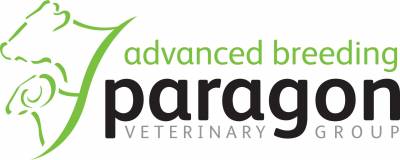

A guide to advanced breeding techniques from Paragon Advanced Breeding, one of the UK’s leading bovine Embryo Transfer and IVF companies.
Veterinary science is continually advancing and offers farmers the ability to improve herd genetics more rapidly.
There are two highly effective techniques: Multiple ovulation embryo transfer (MOET) and in vitro fertilisation (IVF)
MOET
MOET has been around since the 1980s.
The donor cow is given injections of follicle stimulating hormone (FSH) to encourage the ovulation of multiple eggs (oocytes) and is then inseminated by AI, or by natural service.
Seven days later, the embryos are ‘flushed’ from the cow through a catheter inserted into each horn of the uterus, under epidural anaesthesia. Any viable embryos recovered can be transferred directly into recipient cows, or frozen for future use in liquid nitrogen, allowing them to be transferred at a later date. Paragon average around 5 transferrable embryos per collection.
IVF
Paragon’s IVF team is now accelerating herd improvement further.
Paragon pioneered cattle IVF in the UK and has made the service available over the last decade. Originally IVF was used on problem breeders but it is now a mainstream tool for herd improvement.
Donors are given low levels of FSH after removing any dominant follicles. This allows a wave of oocytes to develop as a group rather than trying to work with some good and some poor ones, producing more, better quality embryos, with better pregnancy success, than a non-stimulated collection. These developmentally-competent oocytes are collected by ovum pick-up (OPU) where a needle is carefully inserted into each follicle, guided by ultrasound, to recover the oocytes. This is done under standing epidural and takes around 10 minutes.
The oocytes are incubated overnight before being fertilised and cultured for a week. After seven days the resultant embryos can then be transferred or frozen. Paragon’s IVF team average around 6 embryos per collection. This can be repeated fortnightly.
Paragon use dedicated facilities for IVF to achieve the best results. They have purpose-built collection facilities to maximise oocyte competence, and employ highly experienced staff, dedicated to IVF embryo production and future research.
Young donors from around 7 months of age can be used, and collections can also be made from animals in the first 12 weeks of pregnancy.
The conception rate for frozen IVF embryos is around 45–50%, while it raises to approximately 55-60% with fresh transfers.
We would like to thank Paragon Advanced Breeding for their support of BCBC.
For more information about the BCBC Virtual Conference on Tuesday 25th January, and to register your place visit the conference page.